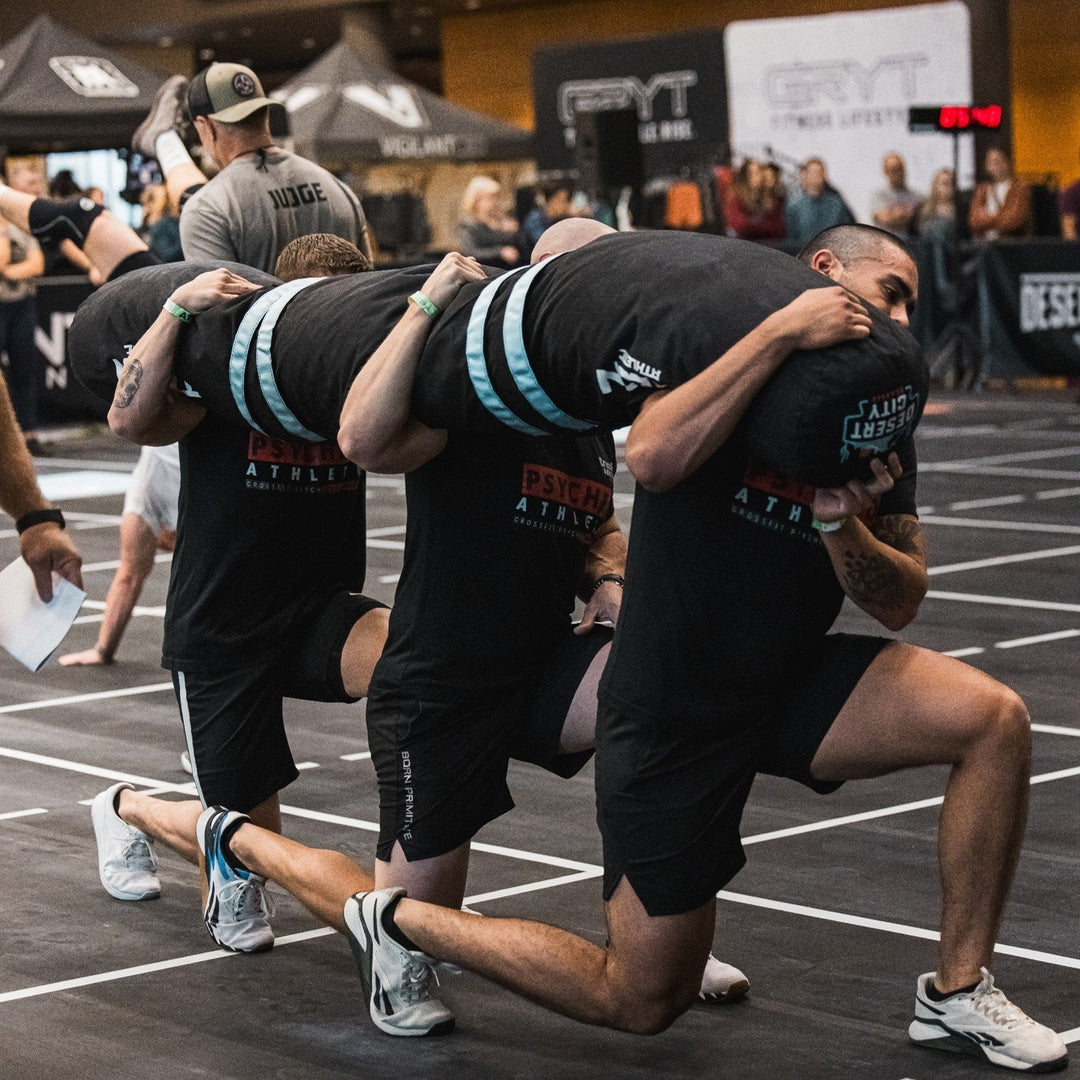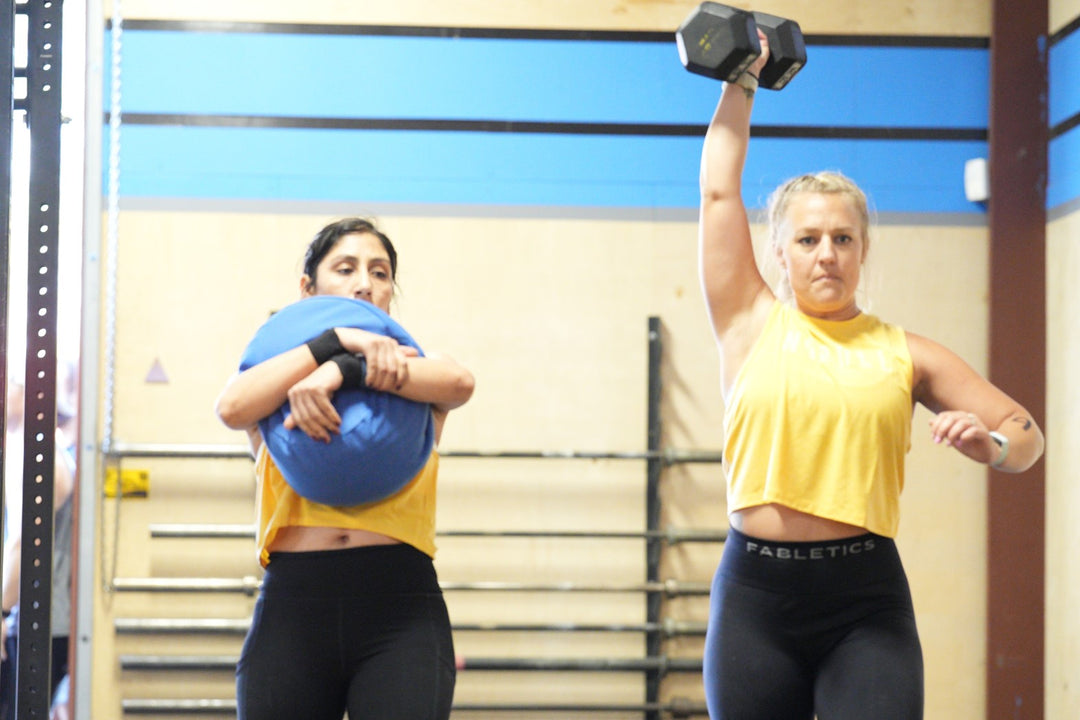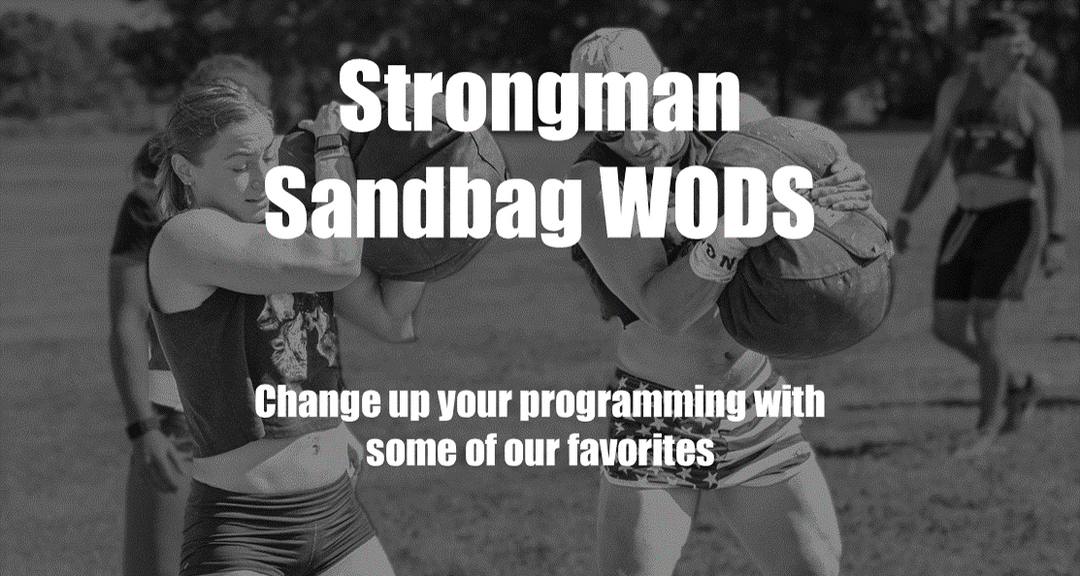Using a Lever Weight Belt
We get a lot of questions about fit and how to wear a lever belt. Let's help clear some of that up.
Belts come in a variety of options, but for the most support and most rigid leather, powerlifters in particular opt for single-prong, double-prong, and lever belts. This post will focus on the lever belt and how to use it.
When to use a lever belt for training
Lever belt use has a time and place in strength training, like most other supportive equipment. It shouldn't be worn everyday, and when it is used, there are some keys to using it most effectively. For heavy days in your training, one approach is to put the belt on early in the warm-up, possibly not even latching it for the first few sets. That will help you get used to it while honing in your breathing and bracing. Then, as you go up on weight, you can tighten the belt for more support.
Where to position the belt on your body
Powerlifters often wear their belts at different locations on their torso depending on the lift type. The belt's entire purpose is to provide maximum support to the areas it's most needed at different times. The best way to find what works for you is to experiment with belt placement for different lifts. Some pro lifters prefer the belt high and others low for deadlifts. For squats, the belt is often placed higher to avoid interfering with lift mechanics.

Adjust the lever belt's tightness to fit your needs
Since your belt's position and tightness changes based on how you're using it, we recommend marking your belt with the different settings. You could have different positions for squats vs. deadlifts, or high volume vs max effort. It'll be important to have the right tools available as you adjust during a workout. Keep that screwdriver handy, and be ready to adjust the belt from day to day. Drinking a lot of water or just eating a meal, or being in the middle of cutting weight, can all cause your belt tightness needs to fluctuate.
Check out our own lever weight belts today!






